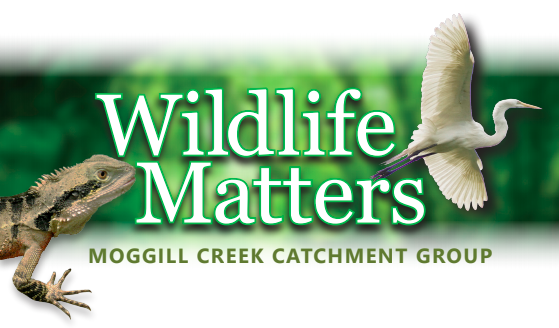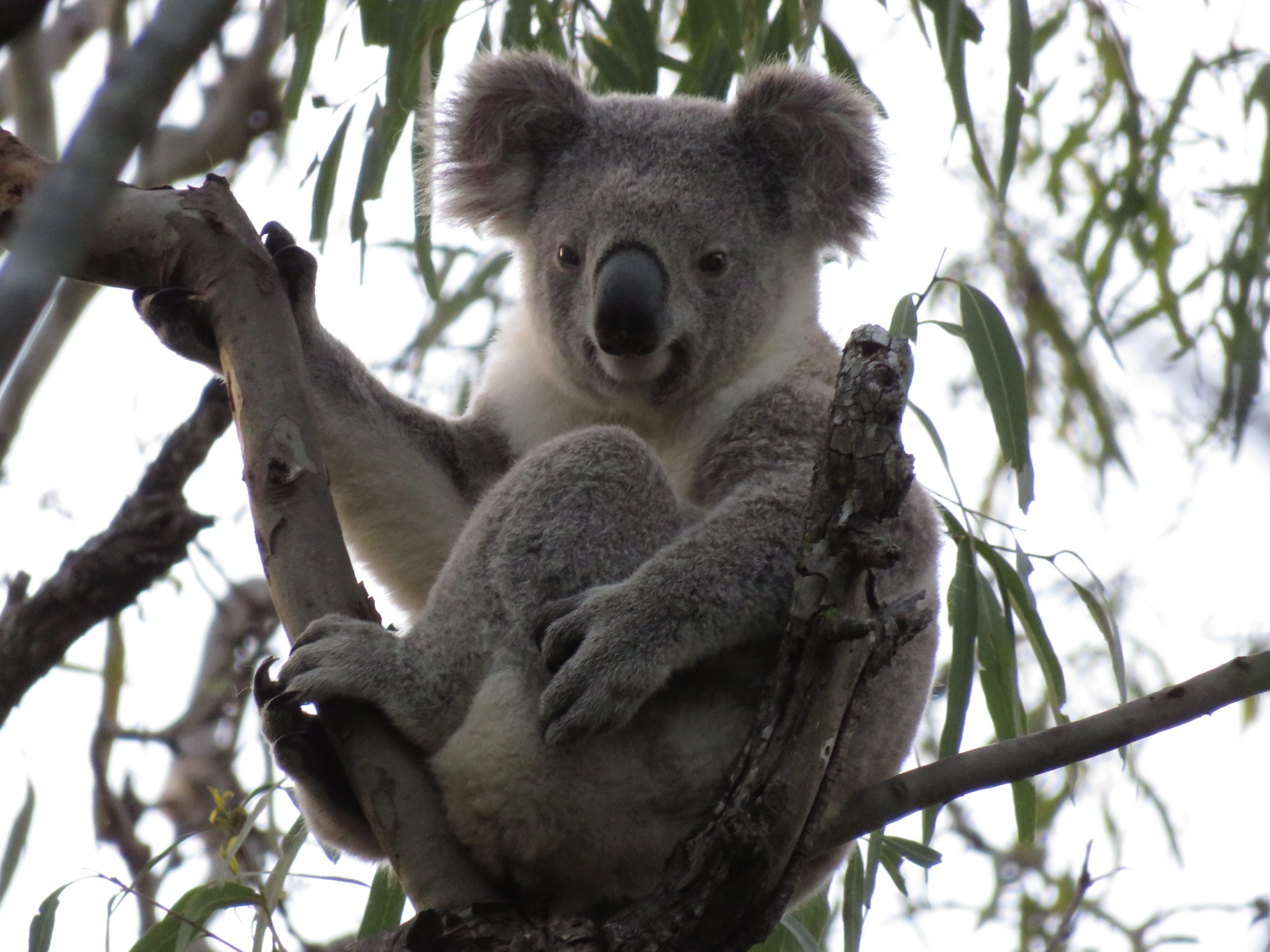The Koala – a species under threat!
The koala is one of the most well-known Australian animals. It is a marsupial, like many of our native mammals – this means that females have a pouch and give birth to extremely underdeveloped young, known as joeys, after a short pregnancy period of 33 to 35 days. Koala joeys (the size of a jellybean when born) spend the first 6 months or so of their lives inside their mother’s pouch. Koalas have a very specialised diet of eucalyptus (or gum) leaves. In fact, koalas only feed on about 50 to 60 of the 800 or so Eucalypt species found in Australia. Each koala has their individual preferences, and they often prefer the fresh juicy new growth known as ‘tip’ over mature leaves. Eucalyptus leaves are quite low in energy, resulting in koalas spending 18 to 20 hours each day resting or sleeping!
It is a very special experience to spot a wild koala. We are blessed to have localised populations of them in our Western suburbs – but for how much longer? While the threat of being hunted for their fur is no longer an issue (hunting was banned in the early 1900s), koalas still face many threats such as drowning in swimming pools, being attacked by dogs, being hit by cars, disease and habitat loss. Habitat loss, often caused by development, can increase the risk of pool drownings, dog attacks and car strikes as it forces koalas to move through suburban/developed areas. Ways to reduce these threats can be found at: https://environment.des.qld.gov.au/wildlife/animals/living-with/koalas/threats. The stress a koala faces due to habitat loss (including difficulty finding territory and food sources) can also make them more vulnerable to disease. Protecting existing koala habitats and wildlife corridors is crucial to their survival. To report a sick or injured koala in Queensland, please call 1300 ANIMAL (1300 264 625).
Words and photo by Rebecca Bain
Published in




